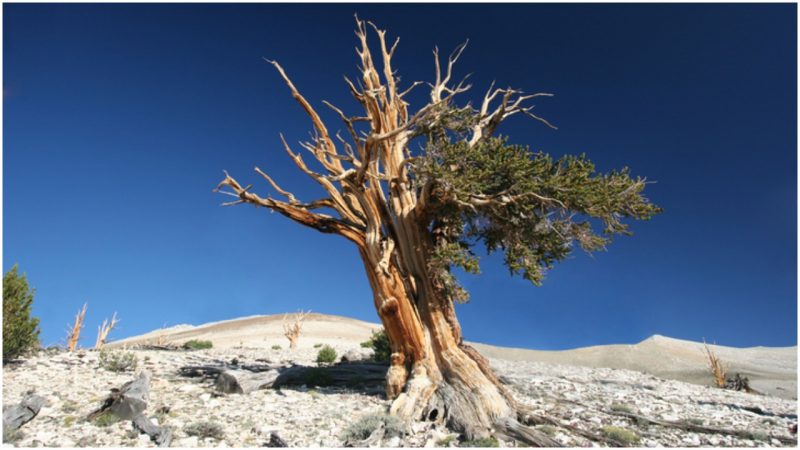Hidden in the mountains of California, Nevada, and Utah, lurk some of the oldest known long-living species of the Great Basin bristlecone pine, or Pinus longaeva. One member of this species, noted to be 5066 years old, is considered the oldest known living organism on Earth. The ancient tree can be found in the White Mountains in California, but its exact location is kept secret. The tree was cored by specialist Edmund Shulman, dedicated researcher and explorer of long-lived trees, and its age was determined by Tom Harlan.
The age of the tree means that it was alive while Stonehenge was under construction and around the time when the first writing system was invented in Sumeria.
Dating from the Bronze Age, the Great Basin bristlecone pine belongs to a species that does not grow taller than 15 meters, and its trunk does not extend in diameter more than 3.6 meters. These ancient trees have knotted and gnarled appearance, especially those growing at higher altitudes. They also have reddish-brown bark with deep fissures. The Great Basin bristlecone pine differentiates from the Rocky Mountain bristlecone pine in its needles; the first always have a pair of unceasing resin canals, and so lack the emblematic small white resin flecks of the second. Unique too are its cones that are more rounded compared to the more pointed ones of the other species.
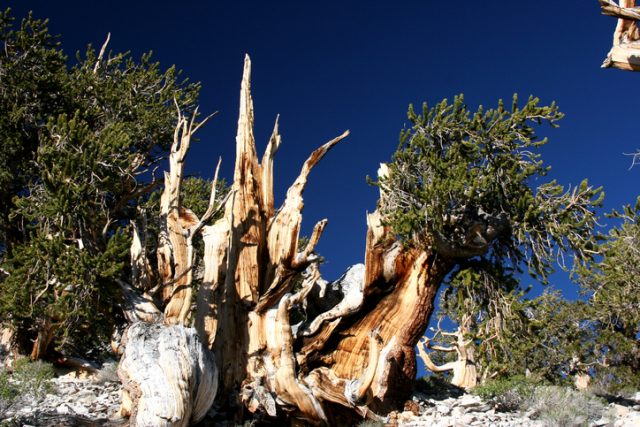
In California, Pinus longaeva is limited to the White Mountains, the Inyo Mountains, and the Panamint Range, on the territory of the Mono and Inyo counties. In Nevada, it is to be found in the highest ranges of the Basin and Range from the Spring Mountains near Las Vegas north to the Ruby Mountains.
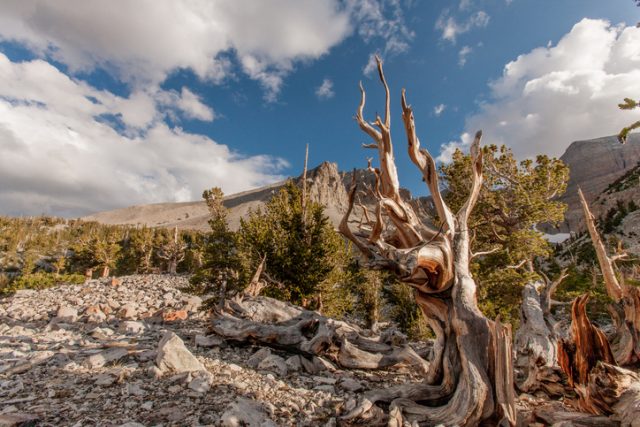
In Utah, it grows northeast to south in the Wasatch Range. The Ancient Bristlecone Pine Forest situated at the White Mountains is one of the best-protected areas of this ancient tree.
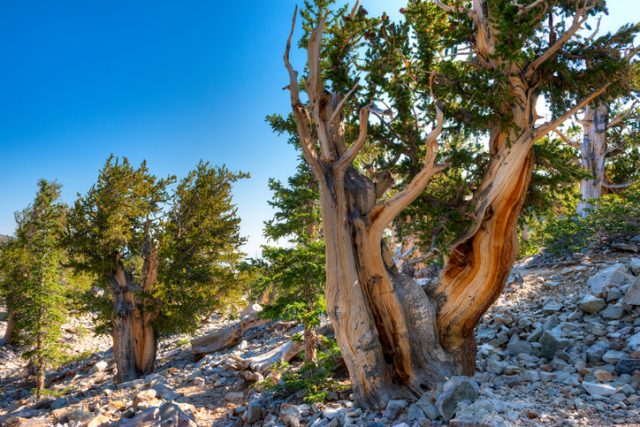
Large open terrains are perfect for this type of tree. The species is further unique because it does not form dense forests or closed canopies. It shares habitat with a number of other types of pines and it does not thrive well in good soils, but rather prefers harsh terrain. Therefore, it is dominant when in high-elevation dolomite soils, where only a few other plants are able to grow.
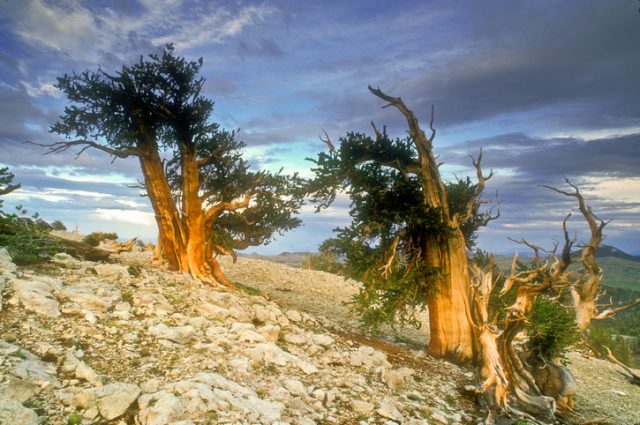
November 1953 was the month when a 2,330 acre swath of bristlecone forest in the Inyo National Forest was declared a protected area. As this helped increase awareness of the area, it is thanks to Edmund Schulman’s discovery of more than twenty 4,000-year-old trees and the publication about in them the National Geographic in 1958 that ignited a broader interest of these authentic trees. As of 1987, the bristlecone pine was designated as one of Nevada’s state trees as well.
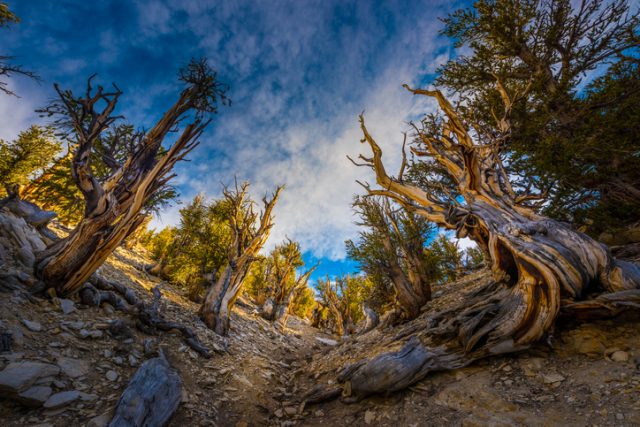
Edmund Shulman’s research and work are pioneering in many terms when it comes to these trees, but as it has been summarized by Donald McGraw on Shulman’s real value to the species: “Not that they were ‘record’ trees, not that they displaced the sequoias in longevity, not that they were extraordinarily beautiful in their appearance, not even that he was the most important discoverer of this fact of their age, but rather that they could do what he cared most about: function as the best proxies for Earth’s climatic history.”
Some fascinating thoughts running your brain now may be that the 5066 years old specimen, thriving in such harsh environment, saw the dawn of civilization and survived many many more centuries than some of the strongest empires in history which failed to do so.
